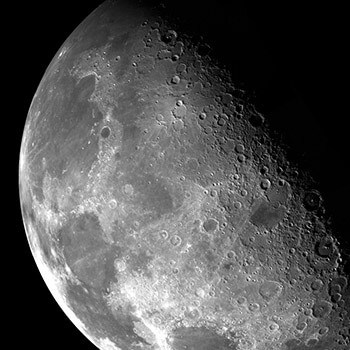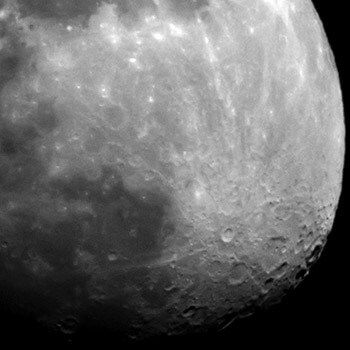The Moon
WHAT TOO SEE
- Last Updated On:
THE MOON
The obvious place to start is the moon- big, bright and very easy to find. It’s probably the first thing you looked at when you bought your first telescope. Through a small telescope, very close detail can be seen.
The lunar landscape is pitted with craters, and these appear different every day in the moon’s cycle as the light catches them at different angles. A full moon, although spectacular, through the telescope doesn’t really look so impressive (plus the brightness hurts your eyes), but a in a half moon, the sun casts wonderful shadows which look great in the eyepiece.
The darker areas are called mare (plural of maria), which means ‘sea’- these are great flat plains on the moon’s surface. One of these, Mare Tranquillitatis (sea of tranquility) is where the Apollo mission landed. The very large crater towards the bottom is called Tycho.
When the moon is full you can see the impact lines extending out over what must be hundreds of miles. Look at it when the moon is half-full as well- it looks magnificent as the light casts shadows among the craters. If you want to go into more detail studying the lunar landscape, an excellent photographic map can be found at moongiant.com.
Chrater Tycho Half Moon

Chrater Tycho Full Moon

A Lunar eclipse occurs when the Moon passes through the Earth’s shadow. Light shining through the Earth’s atmosphere is the only light to get through onto the moon, and when light has to travel through a lot of air, it appears redder (that’s why sunsets are red). This makes the moon turn bright red, a spectacle that occurs every six months or so. Click here to find out if there are any coming up.
SUBSCRIBE TO OUR WEEKLY NEWSLETTER

